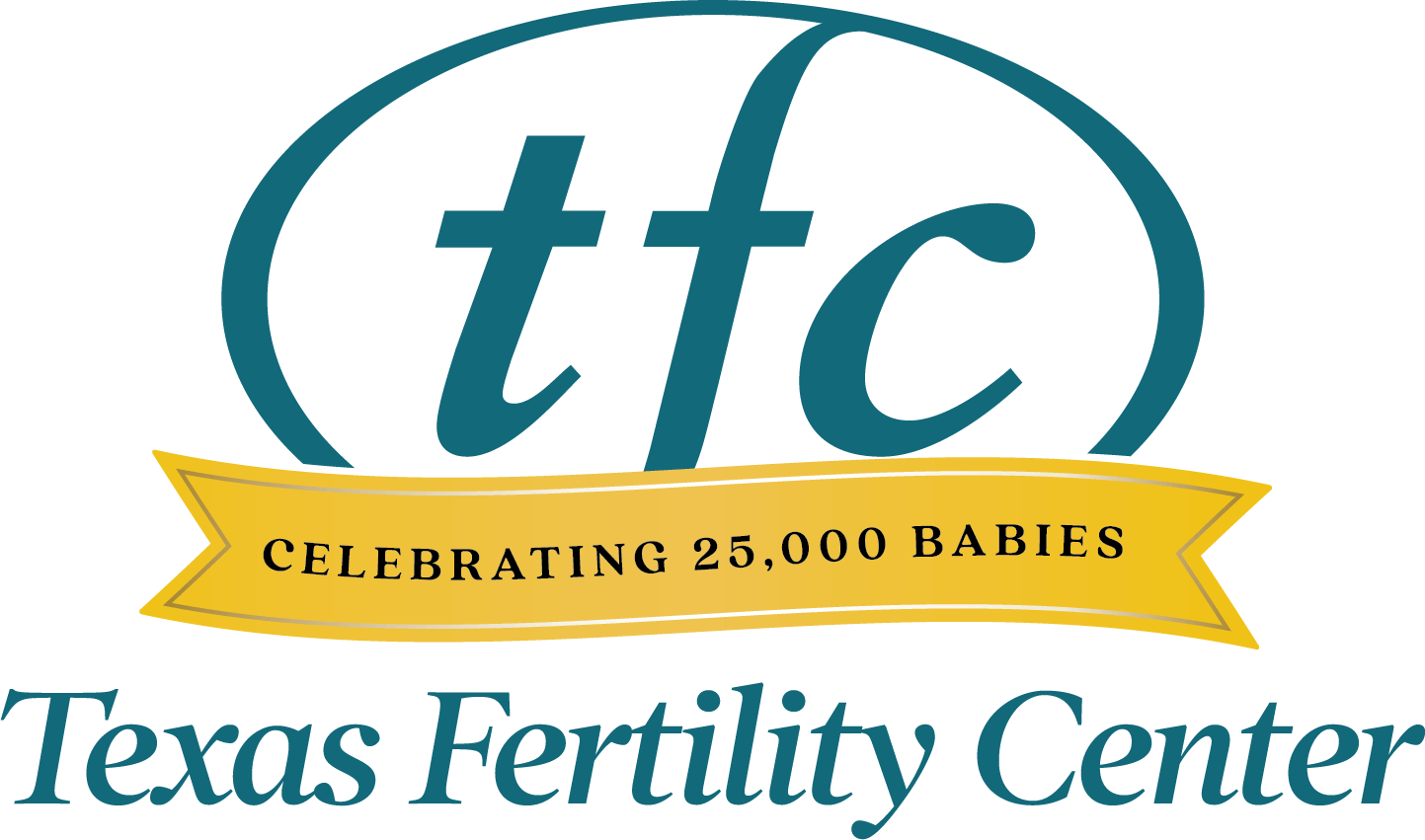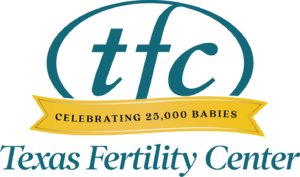
In vitro fertilization can help patients overcome many causes of infertility
In vitro fertilization, also known as IVF, is one of the most effective fertility treatments available. In fact, Susan Hudson MD frequently uses this option to treat fertility issues that range from tubal infertility to severe male factor infertility. Thanks to advances in reproductive medicine, we can reduce the risk of having a pregnancy with multiples, without compromising success rates.
Before moving forward with this family-building option, our New Braunfels fertility doctor will walk you through each step. Dr. Hudson will then use her experience to design a customized IVF plan to help you bring home a baby.
What are the first steps of in vitro fertilization?
Before beginning in vitro fertilization, you will meet with our New Braunfels fertility doctor. She will explain the process and the different IVF options. She will also order some tests to prepare for your upcoming cycle. These include:
- Infectious disease testing
- Trial embryo transfer
- Saline ultrasound or a hysterosalpingogram (HSG)
You will also attend an in person or online educational class to learn about your medications and your treatment calendar as well as review and sign consent forms.
Often, women will start either birth control pills or estrogen only pills before their cycle. Not only can this help with timing the treatment cycle, but it may also improve the ovaries’ response to stimulation medications.
What can you expect from ovarian stimulation and the egg retrieval?
The next steps of in vitro fertilization involve taking ovarian stimulation medications and undergoing an egg retrieval procedure.
You will take the stimulation medications (gonadotropins) via self-injection using a very small needle. Our New Braunfels fertility doctor will design a specific medication protocol for you. After you start your gonadotropins, Dr. Hudson will monitor you with a transvaginal ultrasound and bloodwork every two to three days.
As your egg-containing follicles grow and approach 18-20 mm, Dr. Hudson will decide when you should receive your “trigger” injection. When you receive your trigger shot of either hCG, Ovidrel® or Lupron®, our team will schedule you for your outpatient egg retrieval procedure approximately 35 hours later.
During the egg retrieval, you will receive IV sedation that induces a deep sleep and prevents you from having any discomfort. The retrieval procedure takes approximately 30 minutes. After the procedure, you will wake up and rest for about an hour before you are discharged home. Most of the time, the male partner will provide a semen sample the same day to fertilize the eggs in the IVF laboratory.
What happens during IVF fertilization and embryo transfer?
Approximately five hours after your retrieval, our embryologists in the laboratory will then fertilize the eggs using sperm from your partner or your chosen donor. Fertilization can occur using either standard insemination or intracytoplasmic sperm injection (ICSI).
- In standard insemination, the embryologist exposes the egg to many sperm in a petri dish. Ideally, one sperm will fully penetrate the zona pellucida (the shell) and enter the egg, resulting in fertilization.
- We often use a process called ICSI to achieve fertilization. In this procedure, the embryologist will select a normal-appearing sperm and gently inject it into the egg using a microscopic needle in order to increase the chances of successful fertilization.
The next day (Day 1), the IVF lab team will check the eggs to see how many have been fertilized. The fertilized eggs are then called embryos, and we allow them to grow in the laboratory for up to seven days.
While almost all of our embryo transfers involve the use of frozen embryos, on rare occasions – based on specific circumstances – we may perform a fresh embryo transfer. Fresh transfers typically occur five days after the retrieval and usually do not require any additional medication. If you are receiving a frozen embryo transfer, we will need to prepare your uterine lining – we typically use either estrogen or letrozole – so that it develops an appropriate thickness. Once this has occurred, you will start progesterone supplementation and the embryo will be thawed and transferred somewhere between the sixth and seventh day of progesterone. When it’s time to transfer your embryo, Dr. Hudson will place a tiny catheter through the vagina and into the uterus under ultrasound guidance. She will then gently release the embryo into the uterus. Our team will then ask you to perform a blood pregnancy test approximately nine days after the transfer.
Our New Braunfels fertility doctor and her team know that infertility is a highly personal and emotional journey. That’s why Dr. Hudson is here to guide you through it to help you have a successful pregnancy. Contact us today to schedule an appointment and learn more about in vitro fertilization.



